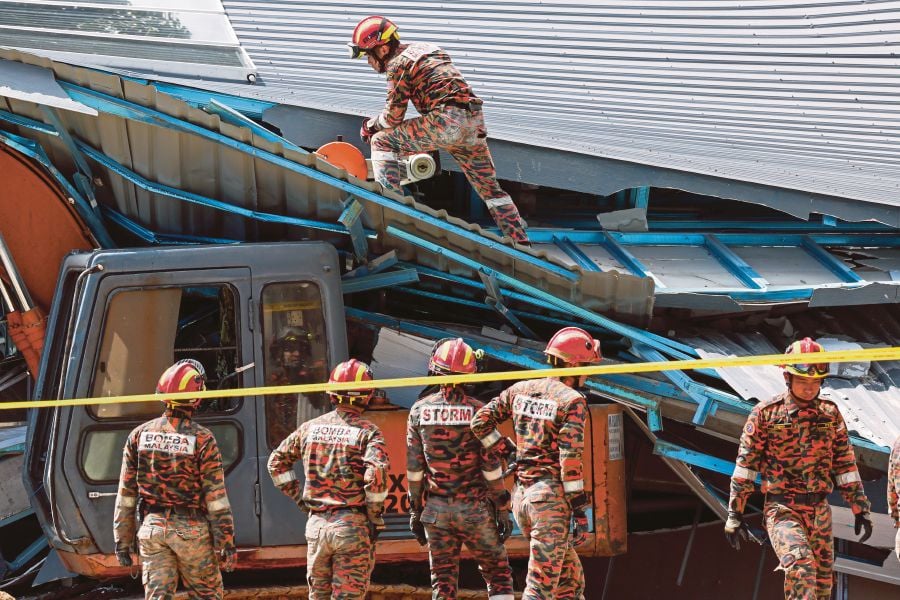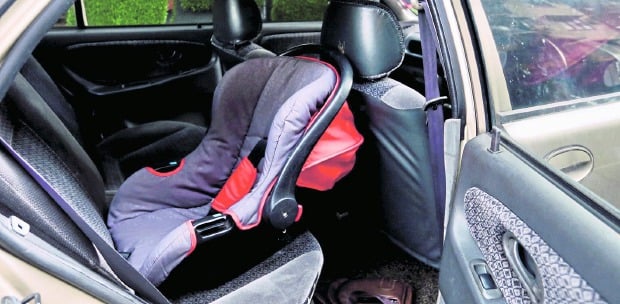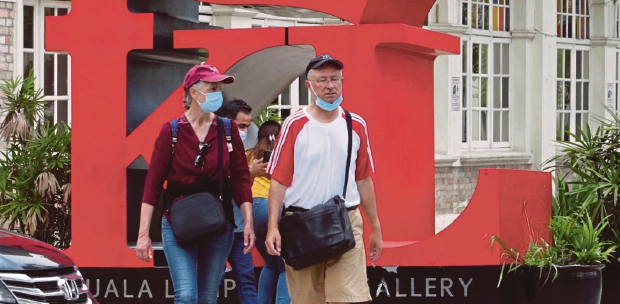LETTERS: In the past year, Malaysia has witnessed tragedies that have left scars on our collective consciousness. Some of these tragedies were reproduced in the NST (Incidents That Shook the Nation — Dec 30, 2023).
They included fatal road accidents, poisoning cases, drowning, a construction mishap, an aircraft disaster and the death of a child left unattended in a car.
Yes, these incidents were probably avoidable if there was greater vigilance and a safety culture in our lives.
A safety culture is not confined to specific area but extends its protective umbrella over all aspects of life - at work, on the road or in our homes.
Let's look at why a safety culture is paramount, and explore ways to imbibe it.
The most obvious reason is to save lives. Every accident that could have been prevented is a life that could have been spared. Embracing safety as a core value ensures that people's wellbeing takes precedence.
Tragedies and accidents can have far-reaching economic repercussions. Workplace accidents, for example, lead to increased medical expenses, reduced productivity and low morale.
How can we cultivate a safety culture?
The foundation of a safety culture lies in educating people about potential risks and providing them with the knowledge to mitigate them. This should start from an early age and continue throughout life.
Leaders must set the example by adhering to safety guidelines themselves. A top-down approach to safety fosters a culture where everyone takes responsibility.
We should encourage open communication about safety concerns. Whether at the workplace or in communities, people should feel comfortable reporting hazards and suggesting improvements.
Consistent training and safety drills help individuals and organisations prepare for emergencies and reduce the likelihood of panic in critical situations.
By educating, leading by example and fostering open communication, we can create a safer and more resilient Malaysia, one where tragedies become a rarity rather than a reality.
In this new year, let every Malaysian resolve to make the country a safer place to live in where good safety and health practices become a culture and way of life.
We should not only be safe from crime, drugs and violence but also from tragedies that are of our own doing, be they on the roads, in residential and public areas or at workplaces.
TAN SRI LEE LAM THYE
Chairman, Alliance for a Safe Community
The views expressed in this article are the author's own and do not necessarily reflect those of the New Straits Times





